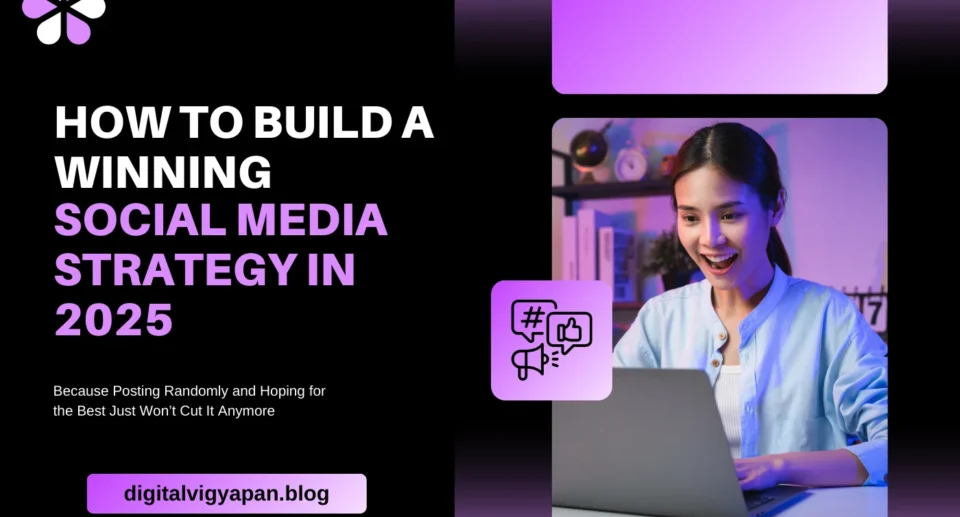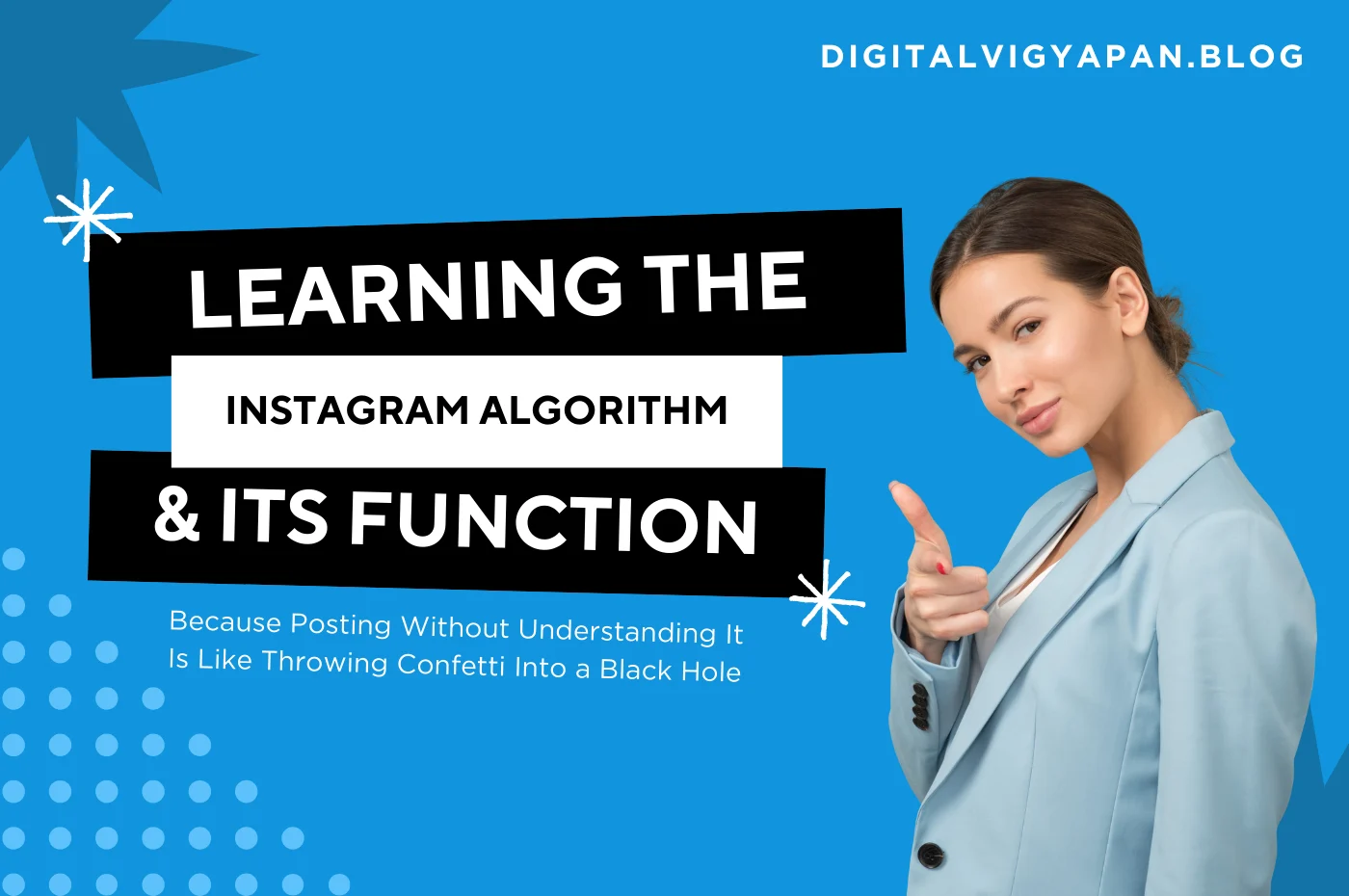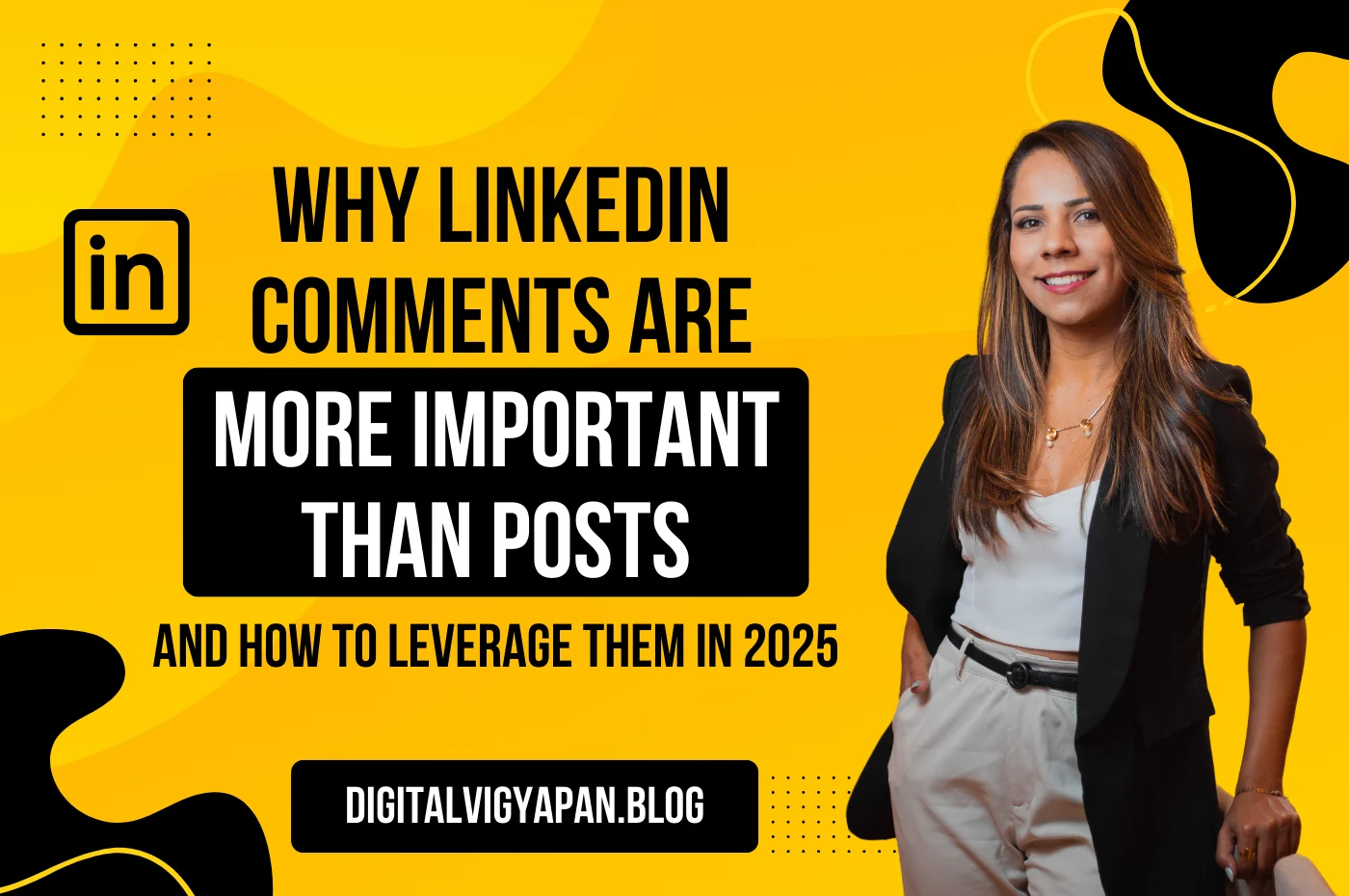How to Build a Winning Social Media Strategy in 2025
Jay Pathak
- April 24, 2025
- 5 Min Read

Because Posting Randomly and Hoping for the Best Just Won’t Cut It Anymore.
Let’s be honest—social media in 2025 is not the same beast it was even two years ago.
The game has changed.
The platforms have evolved.
The algorithms are smarter.
And your audience? Yeah, they’ve seen it all.
The “post once a day and use 30 hashtags” strategy? Dead.
The “go viral and hope for sales” model? Unreliable.
The brands that are winning now? They’re playing long-term games with smart, story-led, data-backed strategies.
If you’re serious about making social media work for your brand this year, it’s time to stop winging it and start planning like a pro.
Here’s a step-by-step, no-fluff guide to building a winning social media strategy in 2025.
🎯 Step 1: Define One Clear Business Goal (Not Just “Grow Followers”)
Before you shoot your first Reel or write that clever tweet, ask yourself:
What do we actually want from social media?
Because if your answer is “more likes,” you’re already off track.
Your goal should tie directly to a business outcome. Here are some real ones:
Drive traffic to your website/store
Collect emails or leads
Increase awareness of a new product line
Educate your audience and build authority
Generate UGC and community content
Drive repeat purchases or loyalty
Real Talk Tip: Choose one primary goal per campaign cycle. Don’t try to do everything at once. Confused brands confuse audiences.
🧠 Step 2: Know Your Audience So Well It’s Scary
2025 audiences are savvier, quicker to scroll, and allergic to brands that treat them like generic eyeballs.
So ditch the surface-level stuff like “Targeting Gen Z and Millennials.”
Instead, ask:
What platforms are they actually active on?
What type of content do they share?
Who are they influenced by?
What frustrates them about products in your niche?
What do they secretly love?
Use polls. Use comment sections. Use Instagram DMs.
Listen more than you post.
Once you’ve got the insights, create audience avatars. Yes, the old-school kind. But make them dynamic and based on real behavior, not just demographics.
📱 Step 3: Choose Your Platforms Wisely (Don’t Be Everywhere)
Every platform in 2025 has its own rules and rewards:
Instagram is still strong for visuals, Reels, and DMs
LinkedIn is gold for B2B, thought leadership, and even some viral culture moments
TikTok is the king of discovery—if you’re not using it yet, start experimenting
YouTube Shorts is creeping up hard and rewards consistency
Pinterest is a quiet powerhouse for evergreen product content
Threads… well, it’s figuring itself out
X (Twitter) is still great for personality-led brands with sharp writing
Pick 2–3 core platforms based on:
Where your audience is
Where your content style shines
Where your ROI is measurable
More platforms ≠ more success. Focused, consistent presence beats scattered noise.
🧩 Step 4: Build a Content System, Not Just a Calendar
Forget the “What should we post today?” chaos.
You need a content system—a framework that feeds itself, scales with your brand, and keeps your audience engaged week after week.
Here’s a simple model that works in 2025:
➤ The 4E Content Framework:
Educate – How-tos, tips, myth-busting, industry insights
Entertain – Trends, memes, storytelling, behind-the-scenes
Engage – Polls, questions, challenges, replies
Earn – Sales, testimonials, product showcases, offers
Plan content across these four buckets. It keeps your feed balanced, human, and strategic.
Pro Move: Use long-form content (YouTube videos, blog posts) to break down into bite-sized content for IG Reels, TikToks, LinkedIn carousels, etc. Maximize your ideas.
📊 Step 5: Let Data Drive the Ship (Not Just Gut)
Likes are cool. Saves are better. But conversions and attention span are king.
Here’s what to track in 2025:
Watch-through rates on Reels & Shorts
Engagement-to-reach ratio (not just total engagement)
Profile clicks and link clicks
DM responses (are people talking back?)
Retention on Stories (how many make it to the end?)
User-generated content or mentions
Stop obsessing over vanity metrics. Start focusing on behavior.
How people interact > how many people see.
And don’t be afraid to kill content that flops. Learn, tweak, repeat.
🤝 Step 6: Collaborate Smart (Not Just Big)
Influencer marketing isn’t going anywhere. But the days of paying ₹50K to someone with 100K followers for one post and hoping for sales? Over.
In 2025, smart social media strategies are about:
Micro-influencers with hyper-engaged communities
Brand partners who actually use your product
Collab posts that double your reach without double the budget
UGC creators who make content that looks native, not like ads
Want to win this year? Build relationships, not transactions.
⏱ Step 7: Play the Long Game (And Show Up Consistently)
Social media isn’t a sprint. It’s a marathon with sprints in between.
You can’t just post when you’re feeling inspired. You have to show up—even when the algorithm’s being rude or your last post flopped.
Consistency builds:
Trust
Visibility
Momentum
Community
Create in batches. Schedule content. Automate what you can—but engage in real-time when it matters.
Your audience notices. And so does the algorithm.
🧠 Bonus: Think Like a Creator, Not a Brand
The biggest mindset shift in 2025?
Brands that think like creators are the ones winning.
They:
Lean into storytelling
Show real faces behind the product
Aren’t afraid to take a stand or have a point of view
Create with the platform in mind—not just repost across channels
Speak human, not brand
If your brand’s social feels robotic, flat, or afraid of personality—you’re leaving connection (and sales) on the table.
Final Word: Strategy First, Tactics Second
You can hire the best content creators.
You can buy the fanciest tools.
You can run ads with the slickest visuals.
But if you don’t have a strategy—a real one, rooted in audience, data, and goals—you’re just throwing content into the void and hoping it sticks.
2025 is the year of intentionality.
Build systems. Tell stories. Create value. Listen to your audience.
Then scale.
Because great social media doesn’t come from chasing trends.
It comes from earning attention—over time, with clarity, creativity, and consistency.





